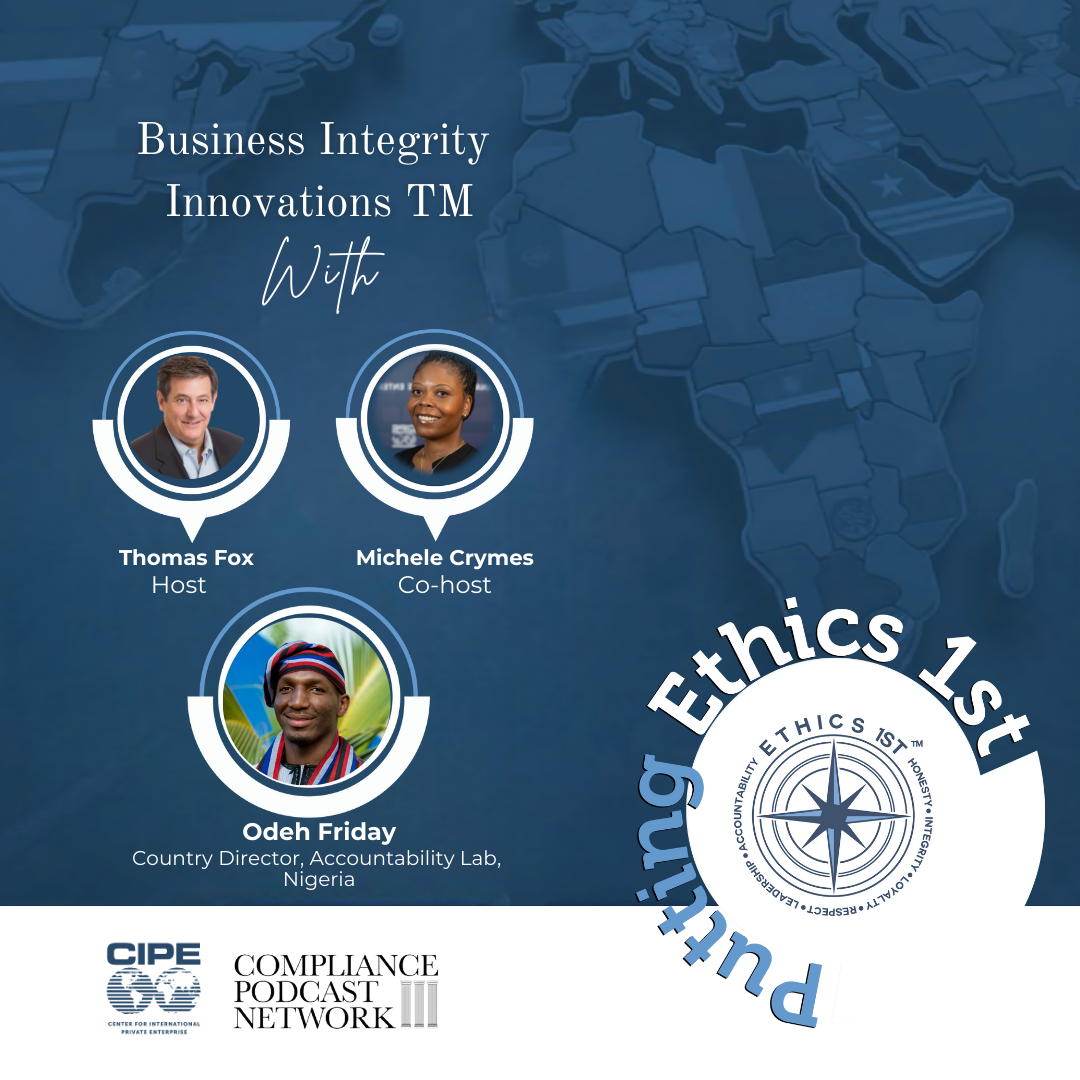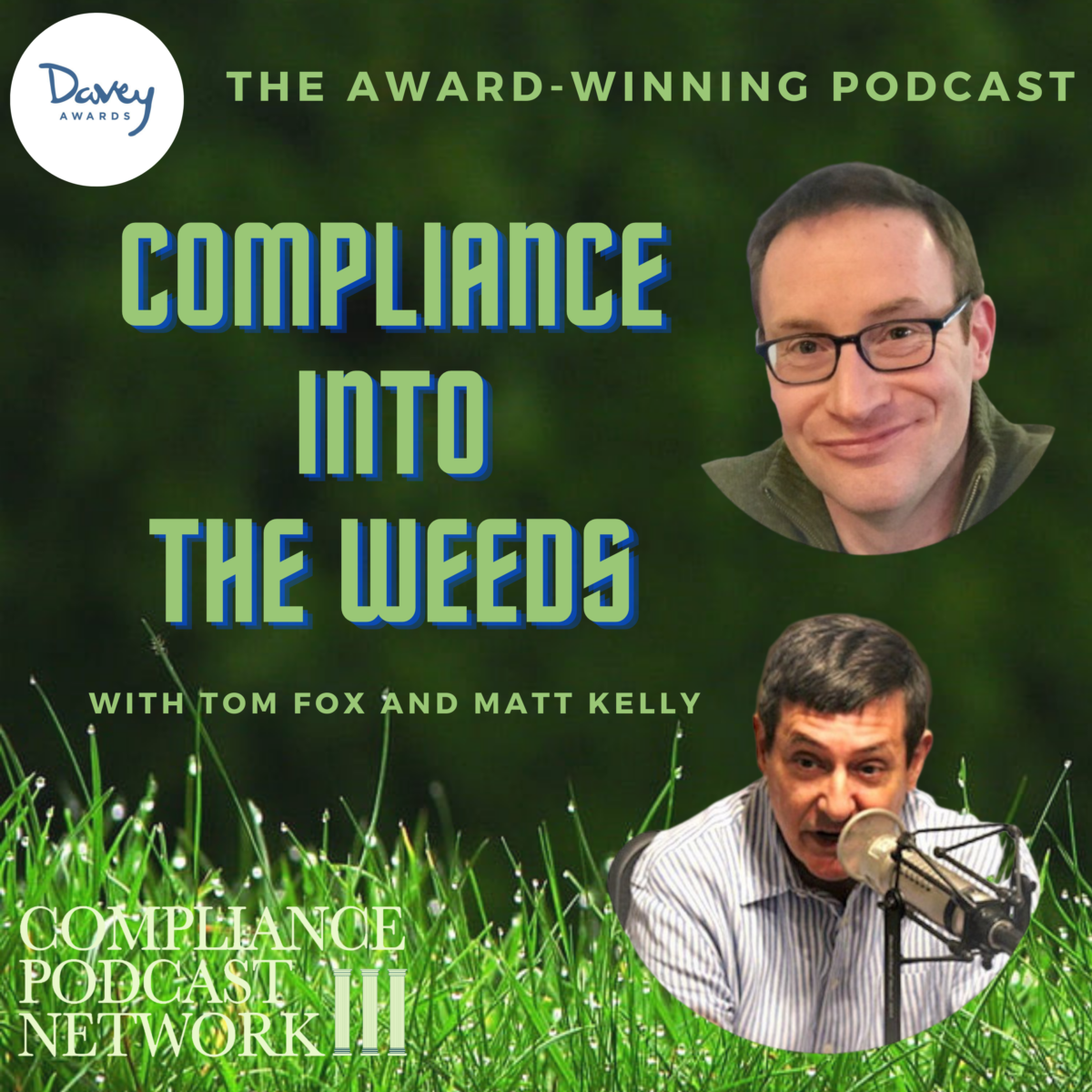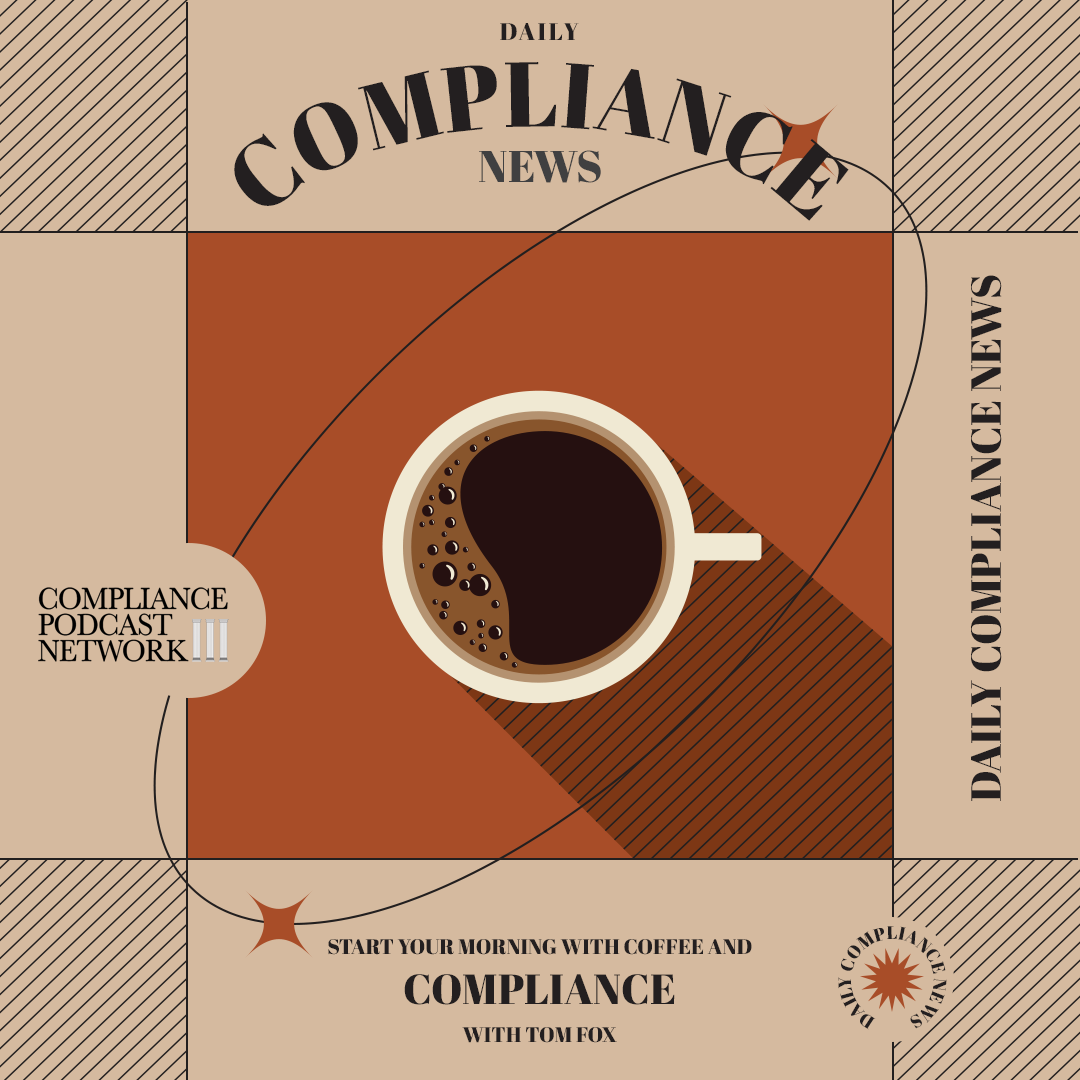Ed. Note: This week, leading up to Halloween, I will examine lessons for compliance professionals through the lens of the great Universal Movie Monsters: Frankenstein, Wolfman, Dracula, and The Mummy. Today, we consider Bela Lugosi’s film version of Dracula.
============================================================
When we think about the iconic portrayal of Count Dracula, it is almost impossible to picture anyone but Bela Lugosi in his 1931 film role. His elegant, mysterious demeanor and commanding presence defined the image of Dracula for generations. But what does this classic portrayal of a vampire do with corporate compliance? More than you might think.
Branding in the corporate world is often reduced to logos and taglines, but a deeper dive reveals that branding is much more about perception, reputation, and the story you tell—and in that sense, Count Dracula is a case study in strategic brand management. As compliance professionals, we can draw several important lessons from Lugosi’s Dracula to help us think more strategically about how we build and maintain the reputation of our companies, especially in today’s dynamic regulatory environment. Let’s sink our teeth into some of these branding lessons.
Consistency in Presentation is Key
From the moment Bela Lugosi first appears onscreen as Dracula, his image is unmistakable: the sleek, black cape, the formal attire, the slicked-back hair. He is always meticulously dressed and composed. This consistent visual representation became Dracula’s calling card, which is why he is recognized globally, even by those who have never seen the film.
In the corporate world, consistency in branding is just as essential. A company’s branding must be coherent and uniform across all platforms, whether marketing materials, social media, or internal communications. This does not just apply to the visual aspects but also to the tone, messaging, culture, and values that the company communicates.
For compliance professionals, this lesson reminds us that consistency builds trust. A company that is inconsistent in its messaging or approach to compliance, one-day promoting ethical behavior while the next quietly allowing questionable practices, sends mixed signals to employees, stakeholders, and regulators. Maintaining a clear and consistent message about a culture of compliance not only builds credibility but also helps shape a corporate culture where ethics and integrity are central.
A Strong Brand Requires Attention to Detail
Lugosi’s Dracula is memorable not just for the sweeping cape or chilling stare but also for the subtleties of his performance: the deliberate pace of his speech and the way he uses his eyes to convey menace. Every detail contributes to the impression that Dracula is sophisticated and dangerous.
Branding is no different. Every touchpoint and every interaction with your brand contributes to the overall perception. From how your team members answer the phone to the layout of your website, these seemingly small details add up to create a cohesive brand image.
For compliance professionals, the details matter. A robust compliance program requires meticulous attention to detail, from the language used in your Code of Conduct to the reporting mechanisms available for employees to raise concerns. Every part of the program must work harmoniously to present a clear and coherent message: compliance is not just a checkbox but an integral part of your company’s identity.
Create a Memorable Experience
When audiences see Lugosi’s Dracula for the first time, they do not just see a movie; they experience it. The chilling atmosphere, the tension-filled interactions, and the eerie soundtrack all combined to create a sense of dread long after the credits rolled. Dracula wasn’t just another movie; it was an unforgettable experience.
In corporate branding, creating memorable experiences for your audience is essential. Whether it is customers, employees, or regulators, the way people experience your company will shape their perception of your brand. This goes beyond products or services; it creates a culture and environment where people feel respected, valued, and heard.
For compliance teams, this can mean creating engaging and thought-provoking training sessions, not just rote exercises. It means fostering a workplace environment where employees feel empowered to speak up without fear of retaliation. Just as Dracula left a lasting impression on audiences, compliance leaders should strive to leave a positive and lasting impression on employees and stakeholders, reinforcing the importance of ethical behavior.
Adaptation and Reinvention
Though Lugosi’s portrayal of Dracula is the most iconic, the character has been reimagined countless times over the decades. The essence of Dracula as a mysterious, powerful figure remains constant, but each new version of the character is adapted to fit the time period and audience. This adaptability is key to Dracula’s enduring appeal.
Corporate branding, too, must be adaptable. Your brand’s core values—integrity, excellence, responsibility, and a culture of compliance—should remain constant, but the way you communicate those values must evolve with the times. As consumer expectations, technology, and regulatory landscapes shift, so must your branding approach.
For compliance professionals, this means staying ahead of the curve. Compliance programs cannot be static; they must evolve to meet new regulations, new risks, and new business realities. Just as Dracula has been reinvented to remain relevant to new generations of audiences, compliance programs must be continually updated and refined to remain effective and aligned with current expectations.
The Power of Reputation
Dracula’s reputation precedes him. Long before he appears on screen, the audience knows he’s a dangerous figure to be feared. This reputation enhances his power; he is already feared and respected without having to do anything.
In the corporate world, reputation is everything. Your brand’s reputation is its most valuable asset, and it must be protected at all costs. One scandal and a misstep can undo years of hard work in building a positive brand image.
Protecting the company’s reputation is a central part of the job for compliance professionals. A strong compliance program is not just about avoiding fines and penalties but also safeguarding the company’s reputation. This involves ensuring that the company complies with all regulations and fostering a culture where employees understand the importance of acting ethically and with integrity. Reputation, like Dracula’s presence, is powerful; it can either elevate or destroy a company.
Control the Narrative
Count Dracula controls how others perceive him; he is always in command of the narrative, whether by charm, intimidation, or deception. Lugosi’s Dracula exudes a controlled power that clarifies that he is always one step ahead of his opponents.
In corporate branding, controlling the narrative is critical. This doesn’t mean manipulating facts or engaging in deception but rather ensuring that your company’s story is told clearly, positively, and authentically. Companies need to proactively shape how they are perceived by the public, regulators, and their own employees.
For compliance teams, controlling the narrative is especially important in times of crisis. How you respond can make all the difference when something goes wrong, whether it is a data breach, an ethics scandal, or a regulatory violation. Compliance leaders should be prepared with a clear communication plan during crises, ensuring transparency, accountability, and a commitment to rectifying any issues.
Building a Brand that Endures
Bela Lugosi’s Dracula remains iconic nearly a century after his first appearance. His lasting legacy is a testament to the power of strategic branding. For compliance professionals, the lessons are clear: build a consistent, detail-oriented, adaptable, and trustworthy brand. As Dracula’s reputation continues to influence modern pop culture, how your company approaches compliance will shape its reputation for years.
By learning from Count Dracula’s branding playbook, compliance professionals can help their companies survive and thrive in an increasingly complex and competitive business environment.
Join us tomorrow as we consider the need to assess and manage new and emerging risks through the lens of The Creature from the Black Lagoon.
















